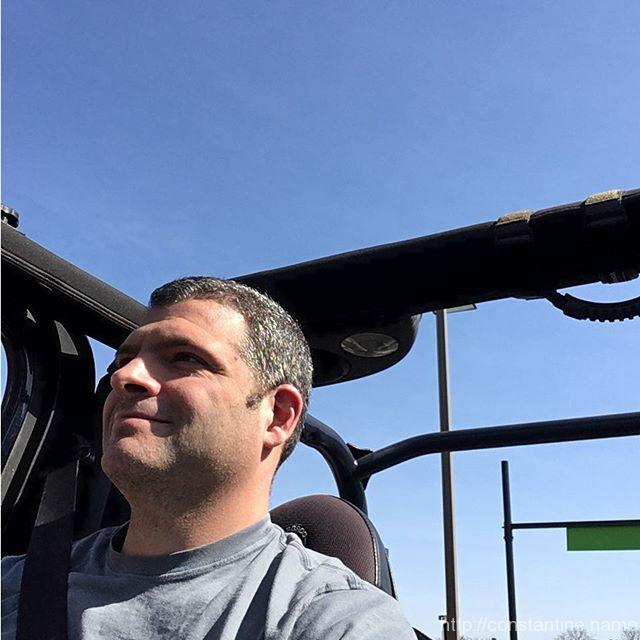On Castbox.fm — Jesse Danger | Embrace Challenge
What insights can be gained from using diverse learning models to create thriving environments in physical and social practices?
The conversation explores the transformation of complex teaching philosophies into accessible frameworks.
The mental model is a framework to say that we’re diverse learners, and we want to create spaces where people of all different learning abilities can thrive.
~ Jesse Danger (3:45)
The conversation emphasizes the importance of creating learning environments that accommodate a range of mental, physical, and social dynamics. It explores frameworks that simplify complex teaching philosophies into practical approaches, making concepts more accessible. One key topic is the shift from long, unresolved discussions to concise, impactful interactions, demonstrating how frameworks can bridge gaps in understanding.
Another focus is on how specific mental models allow educators to engage diverse learners effectively. These models divide learning into quadrants based on complexity and directionality, supporting both structured drills and open-ended exploration. Participants reflect on how these strategies foster personal and group growth, ensuring inclusivity and clarity in coaching practices.
Takeaways
Frameworks for teaching — Simplifying complex ideas into models enhances understanding.
Diverse learning styles — Acknowledging varied learner needs creates inclusive environments.
Quadrants of learning — Balancing simplicity, complexity, and directionality enriches education.
Communication challenges — Articulating ideas clearly bridges gaps in understanding.
Empowering participants — Involving learners in model creation increases engagement.
Resources
The Movement Creative — Organization behind the discussed book and learning frameworks.
jesse@themovementcreative.com
(Written with help from Chat-GPT.)
ɕ
